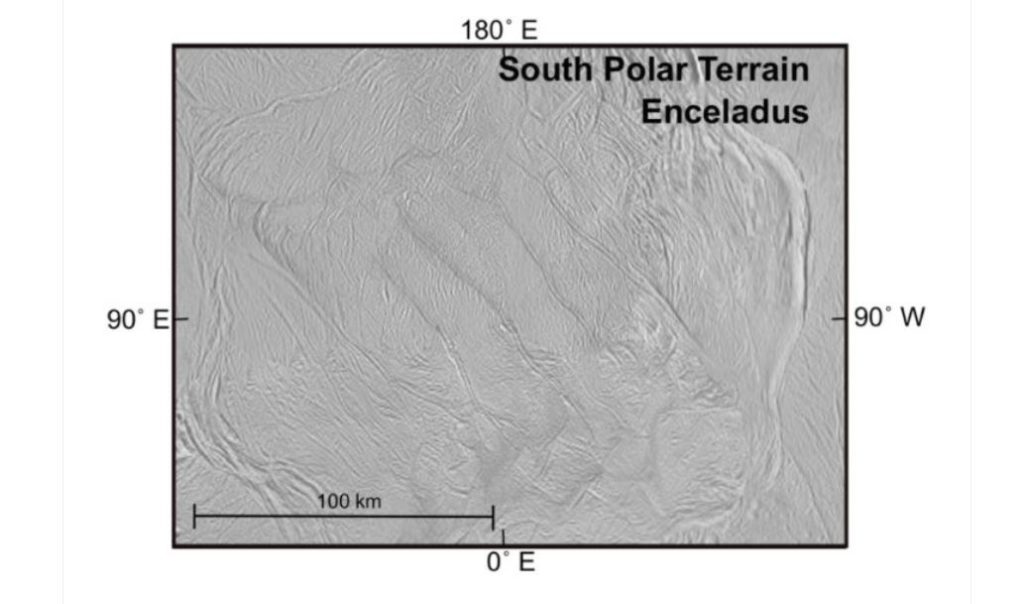
Credit: AGU/ JGR: Planets
Seismic activity could give scientists a read on the thickness of the ice encasing the moon and the oceans believed to lie beneath. Tidal stresses may be causing constant icequakes on Saturn’s sixth largest moon Enceladus, a world of interest in the search for life beyond Earth, according to a new study. A better understanding of seismic activity could reveal what’s under the moon’s icy crust and provide clues to the habitability of its ocean.
Read More







Recent Comments